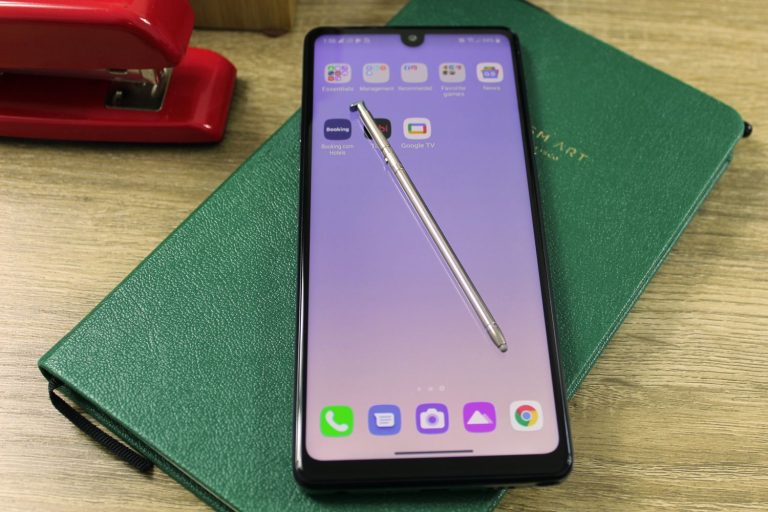How to Pronounce Tvisha – Step by Step Pronunciation
Last Updated on November 1, 2023 by Jhonni Jets

Tvisha is an uncommon name that many people may not be familiar with when encountering it for the first time. While it has Sanskrit origins and important cultural meaning, the pronunciation can be confusing, especially for English speakers unaccustomed to some of the sounds. Learning how to properly pronounce Tvisha not only helps honor the name’s roots but also ensures you address someone named Tvisha correctly with the proper inflection.
In this comprehensive guide, we will unpack the meaning behind the name Tvisha, break down the phonetics, clearly explain each syllable’s pronunciation, provide audio examples, and give tips for mastering the total pronunciation. With the right attention to the vowel and consonant sounds, you’ll learn techniques for accurately and respectfully saying this uncommon but special name.
Table of Content
The Meaning and Origins of Tvisha
Before jumping into the pronunciation, it helps to understand the background of the name Tvisha. This provides cultural and linguistic context for the word.
Tvisha has its origins in ancient Sanskrit. In Sanskrit, it means “heavenly, celestial.” It is a feminine name that relates to the sky, planets, stars, and the universe. The name evokes divinity and otherworldliness.
The word’s root, “tvi,” means strength or power. Adding the suffix “-sha” emphasizes the greatness of that power or capacity. Combined, Tvisha indicates a divine strength or heavenly power.
Understanding these roots lends deeper appreciation to the special significance carried by the name Tvisha. It is linked to Hindu mythology and cosmic femininity in a way that makes accurate pronunciation respectful.
Breakdown of Sounds and Syllables
Tvisha contains three main syllables with a clear long/short vowel pattern and consonant sounds. Here is how it can be broken down:
Tvi – rhymes with “ree”
sha – rhymes with “sha” as in “motion”
Tvi – longer vowel sound
sha – shorter vowel sound
The emphasis is on the first syllable, “Tvi.” Saying each part slowly and distinctly is key. When speaking fluidly, it should have a rhythmic, sing-song-like quality. Now, let’s explore how to tackle each syllable in detail.
Step-by-Step Pronunciation Guide
Follow these tips when pronouncing Tvisha:
Tvi
- The “t” is soft like a gentle “d”. Avoid a hard “t” sound.
- The “v” sounds like a soft blend between a “v” and “w”.
- The “i” vowel is long, as in “bee”. Let it ring.
- Link the sounds together smoothly – Tv-ee.
sha
- The “sh” is pronounced just as in English – a gentle hissing “sh” sound.
- The “a” is short and sharp, as in “sock”, not long like “pay”.
- Make the “sha” crisp and distinct.
Putting It Together
- Emphasize the first syllable “Tvi” and keep the second syllable “sha” short.
- Let the middle “i” vowel extend slightly with the longer pronunciation.
- Say the two syllables together in a rhythmic way, not sharply disconnected.
- Keep the softness of the initial “t” and blend “v” sounds throughout.
Accentuate Properly
- The accent should fall on the first syllable – Tvi-sha.
- Downplay the ending “sha” syllable.
- But don’t fully de-emphasize or skip the “sha.” Keep it audible.
- Let the middle vowel “i” in “Tvi” ring and carry the emphasis.
Audio Examples
Hearing native Sanskrit speakers pronounce Tvisha is extremely helpful as an audio reference. Listen and repeat:
Notice the melodic, upward inflection and the strong emphasis put on “Tvi” in both examples. The long mid-word vowel and de-emphasized ending create the name’s unique cadence.
Common Mistakes to Avoid
When learning a new word like Tvisha, there are some common mistakes English speakers may make at first. Be aware of these:
- Over-emphasizing the “sha” ending or making it as loud as “Tvi.”
- Using a hard “t” sound instead of soft.
- Not making the middle “i” long enough.
- Disconnecting the two syllables sharply instead of linking them.
- Putting the accent on the wrong syllable. Tvisha, not Tvisha.
- Transitioning too harshly between syllables instead of smooth blending.
With attention and practice, these pronunciation errors can be avoided. Listen to reference audio samples frequently.
Tips for Proper Pronunciation
Here are some final tips to perfect your pronunciation of Tvisha:
- Go syllable by syllable slowly at first, then speed up fluidity.
- Pay attention to soft consonant sounds like the starting “t”.
- Let the middle “i” vowel ring and put accent on “Tvi”.
- Blend the transition between the two syllables.
- Say it rhythmicially with upward inflection.
- Listen repeatedly to audio examples for reference.
- If needed, ask a native speaker for feedback.
Conclusion
Tvisha is a divine, melodic name with ancient Sanskrit roots and a distinctly rhythmic pronunciation. Mastering the soft consonants, proper long/short vowels, upward inflection, and melodic cadence requires focus and practice. But with care for the cultural significance and phonetics, you can accurately honor both the meaning and sound of Tvisha. Next time you encounter this special name, you’ll be prepared to pronounce it properly and respectfully.







